
Being a member of the British royal family, by definition, means a life of tradition, rules and protocol. As one of the oldest and most historic families in the world, the life of a royal contains many traditions – from work-related rituals, to even sweet family must-dos at events like Christmas and Easter.
Whether they are upholding royal rules from decades or even centuries gone by, or honouring traditions laid down by the late Queen Elizabeth II, the royal family arguably has more traditions than most. And while many royal traditions are serious and associated with ceremony protocols that have been around for decades – such as important historic conventions – they also have plenty of traditions in the way that any family does; from gift-giving rules at Christmas, to annual events they always attend together.
So what are the most important royal traditions you need to know? From wedding rules to birth traditions, here are 32 you may not have known about – from the sweet to the downright bizarre…
32 royal traditions you need to know
Getting each other silly Christmas gifts
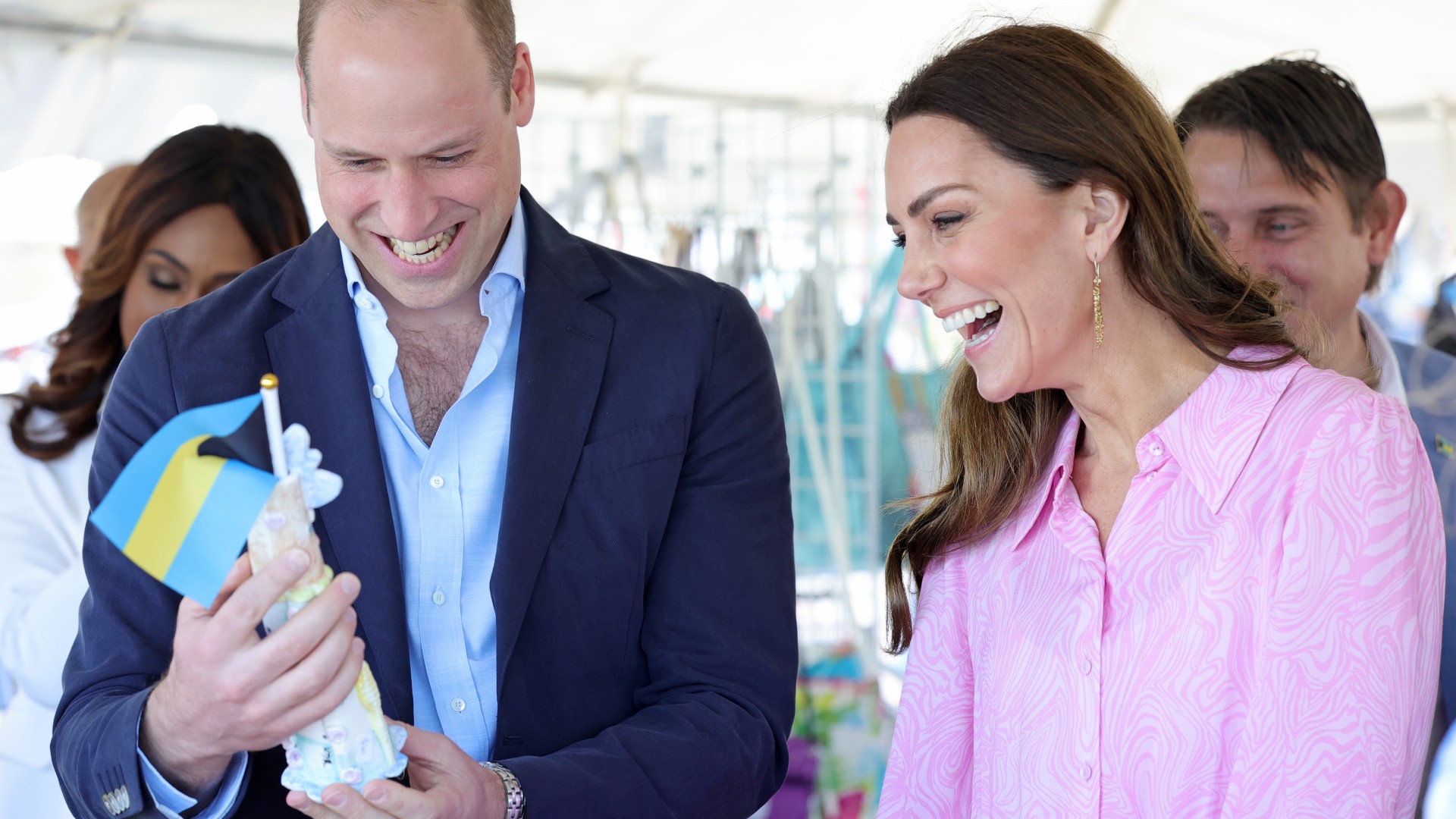
Given that they are richest beyond most of our wildest imaginations, you’d imagine that the royal family would be sure to spoil one another come Christmas time, right? Well, it’s actually the opposite. One of the biggest traditions the royal family has is to give each other cheap, silly Christmas presents in an effort to show off their sense of humour, and in line with their German heritage.
Reportedly, Meghan Markle once got Queen Elizabeth II a singing toy hamster for the festive season, while Kate Middleton is famously said to have purchased a ‘Grow Your Own Girlfriend’ kit for her brother-in-law, Prince Harry. Ouch!
Heirs travelling separately
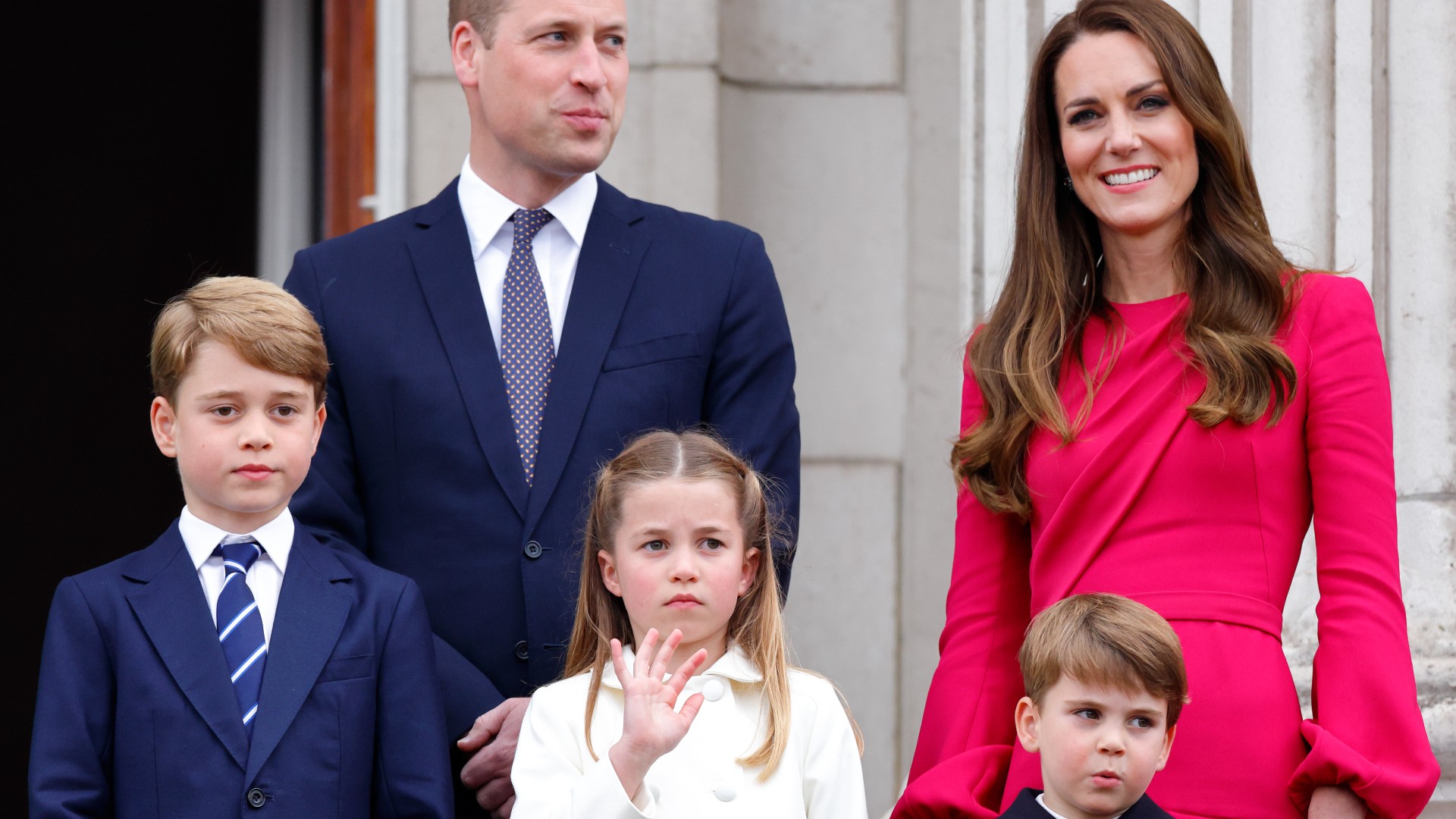
This is perhaps not so much a tradition as a protocol – but you may not have heard of the odd rule which means that subsequent heirs to the British throne are technically not allowed to travel via plane together.
The tradition is said to be upheld in order to protect the royal lineage – essentially, ensuring there is always an heir to the throne available, should the very worst happen while flying.
While it was previously a tradition, it’s not thought to be so important now, as the rule was created when air travel was widely considered to be a lot more dangerous than it is now. In fact, given the rarity of air travel disasters nowadays, it’s actually thought that Prince William has travelled with his children – who are directly in line to the throne behind him – numerous times on planes, first breaking the rule to travel to Australia for a royal tour with his wife Catherine and Prince George when George was just nine months old.
Wedding rings made of Welsh gold
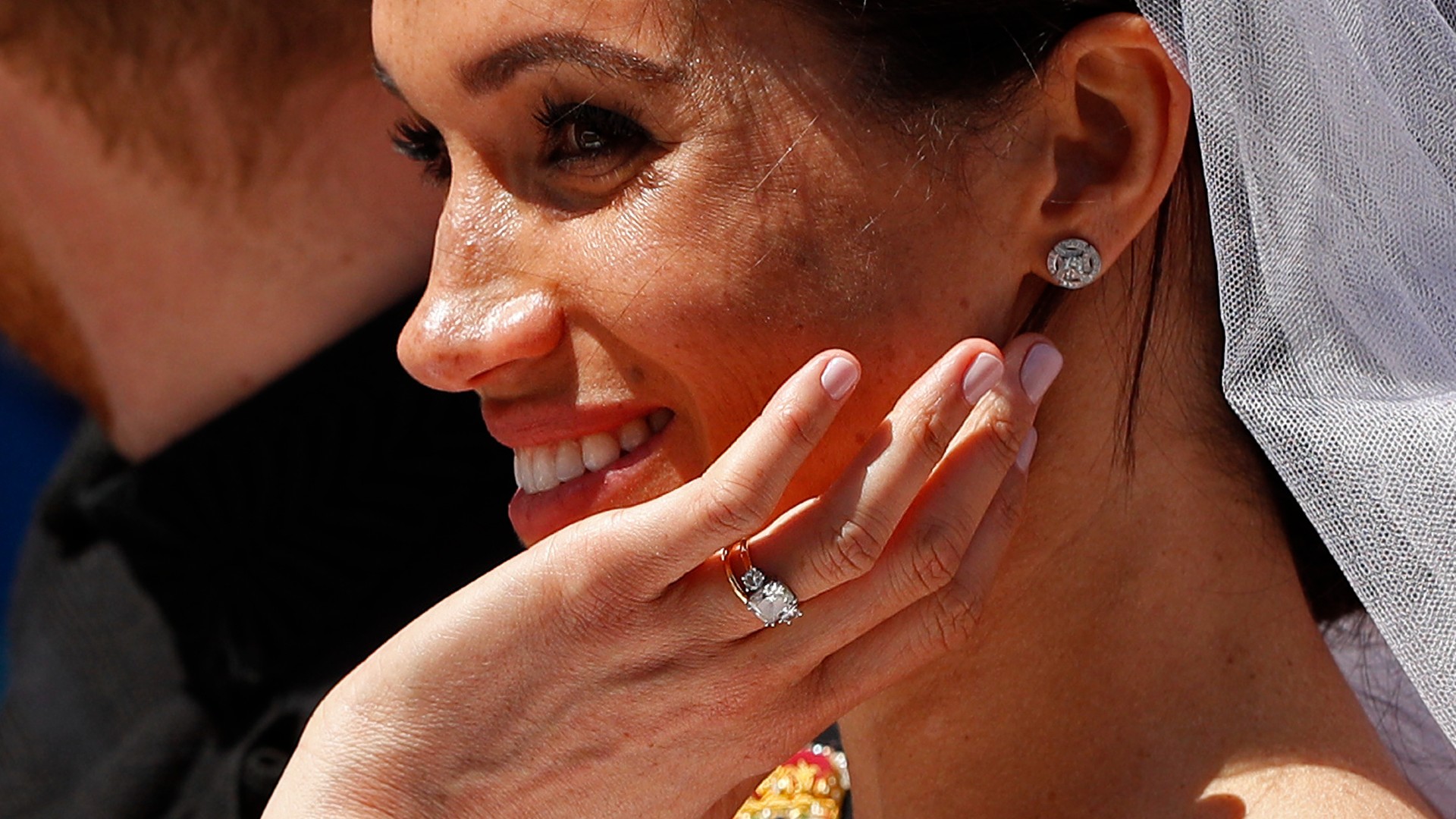
One tradition that dates back over 100 years, is the fact that most British royal family members have wedding rings made of Welsh gold.
When Queen Elizabeth the Queen Mother married King George VI, her wedding ring was made from pure Welsh gold, from the Clogau St David’s gold mine. Since then, pretty much every royal has followed suit, making this a firm and time-honoured royal tradition. King Charles and Queen Camilla also both wear Welsh gold wedding rings, as do Meghan Markle and the Princess of Wales. More often than not, the rings are made from Clogau gold.
Sharing official birthday photographs

Many royals maintain a tradition of sharing a brand new portrait of themselves on their respective birthdays, as a way of keeping the public up to date on their lives, and to thank royal fans for their well wishes.
It has, for example, become a tradition for the Prince and Princess of Wales to share a picture of their children, Prince George, Princess Charlotte, and Prince Louis on their birthdays. Often, Kate and William also share new images of themselves on their special days every year, too. It certainly provides a lovely insight into the lives of the royals as they get older.
The Trooping the Colour ceremony

It is tradition for almost every member of the royal family to attend the all-important Trooping the Colour ceremony in June every year, which is an event that marks the monarch’s official birthday.
It's a fairly extensive, celebratory affair – there’s plenty of pomp and ceremony in the form of a royal salute from the troops, an inspection of the military by the monarch, and a parade around London before the royal family all gather on the balcony of Buckingham Palace to watch the Royal Air Force fly-past from above. In fact, this is a royal tradition that dates back 260 years, and is still religiously adhered to, to this day.
The royal baby easel

In the current digital age, royal births are usually first announced via social media, in order for the royal family to break the news first. However, the tradition of mounting an easel with the details of the birth outside of Buckingham Palace is still very much alive!
This tradition first began decades ago, when the easel was the only way for the royals to make a public announcement. Typically placed outside of the palace by a member of the Royal Household, the easel is now more a tradition than an actual announcement – but it still includes all the details of a new baby’s birth, including the location, the newborn's name, and the baby’s weight.
Having a sprig of myrtle in wedding bouquets

It has become tradition for every royal bride to carry a spring of myrtle – a small delicate white flower – in her bridal bouquet on her wedding day, ever since Princess Victoria carried it during her wedding in 1858.
In fact, the myrtle used in her bouquet came from a bush specifically grown using sprigs from myrtle that were originally given to Queen Victoria, Princess Victoria’s mother, as a gift. Since then, it has featured as a part of every bride’s bouquet within the family - it formed a part of both Catherine and Meghan’s all-white florals, and Princess Diana’s enormous white bouquet, as well as Princess Eugenie's flowers and Zara Tindall's.
Posing on the steps of the hospital after welcoming a baby

It may be the last thing any couple wants to do after welcoming a new addition to the family, but it has become an unspoken tradition for the royals to pose on the front steps of the hospital wing after the birth of a royal baby.
Designed as a way of introducing the latest heir to the throne to the public, it was a tradition inadvertently started by Princess Anne, who casually posed on the steps of the Lindo Wing at St. Mary’s Hospital, after giving birth to her daughter Zara Tindall.
The move was then replicated by Princess Diana and Charles after welcoming both Prince William and Prince Harry, and it is something that the Prince and Princess of Wales have also done after welcoming all three of their children. It's thought that the royals make this move in order to satisfy both the press and the public’s attention on their new little one, allowing them some private time away from prying eyes in the days after.
A black-tie dinner on Christmas Eve

We’d imagine a royal family Christmas to be an oh-so-fancy affair, and it turns out, that is exactly right.
The royal family descend onto the Sandringham Estate every year for Christmas, and one of their firm traditions for the festive period is a very formal Christmas Eve dinner with the entire family and their guests.
The black-tie dinner is said to be adults-only and begins with martinis at Sandringham House. It is reportedly mandatory for the royals to dress up in only their very finest clothing, from black tie suits, to ball gowns and tiaras. They then all enjoy a four-course dinner, before retiring to bed, ready for the celebrations on Christmas Day.
Exchanging gifts on Christmas Eve

For most families across the UK, it is tradition to give gifts to one another on Christmas Day - typically in the morning, but often throughout various points in the day. However, for the royals, the tradition is actually to give their gifts to one another on Christmas Eve.
For the royal family, gift-giving is something they like to have fun with. As such, the royal family all give one another either joke or useful gifts by laying their presents out on a trestle table on Christmas Eve, before opening them later that day. Of course, this is only the tradition at the official Sandringham Christmas celebration, and when the royals spend Christmas away from the monarch’s residence, they likely open gifts on Christmas Day, too.
The monarch’s annual speech

A message from the monarch at Christmas became an annual tradition when King George V issued a speech to his people on 25th December back in 1932. And it has continued ever since.
The speech is always broadcast first on the BBC, but is later reported on on different channels, too. Queen Elizabeth gave her very first Christmas message as monarch 10 months after her father’s death, broadcasting from her desk at Sandringham. Then in 2022, for the first time in 65 years, a new monarch gave the traditional Christmas message, with King Charles broadcasting his speech from Windsor Castle just three months after his mother’s death.
Doing a walkabout on an engagement

As she often did, Queen Elizabeth II kicked off a new era of traditions when she embarked on her very first royal ‘walkabout’ in 1970.
The Queen and Prince Philip were on a royal tour of Australia and New Zealand, when the monarch noted that she wanted to meet the crowds gathered there, thus beginning the tradition of a walkabout, in which a royal goes round the crowds and chats to them for a short period of time.
This tradition has followed in almost every royal engagement and tour since then, though the way in which it is conducted varies from royal to royal. Some members of the family like to shake hands with the public, such as King Charles, Prince William, and Catherine, Princess of Wales. However, other royals, such as Prince Edward and Princess Anne refrain from shaking hands.
Attending Royal Ascot
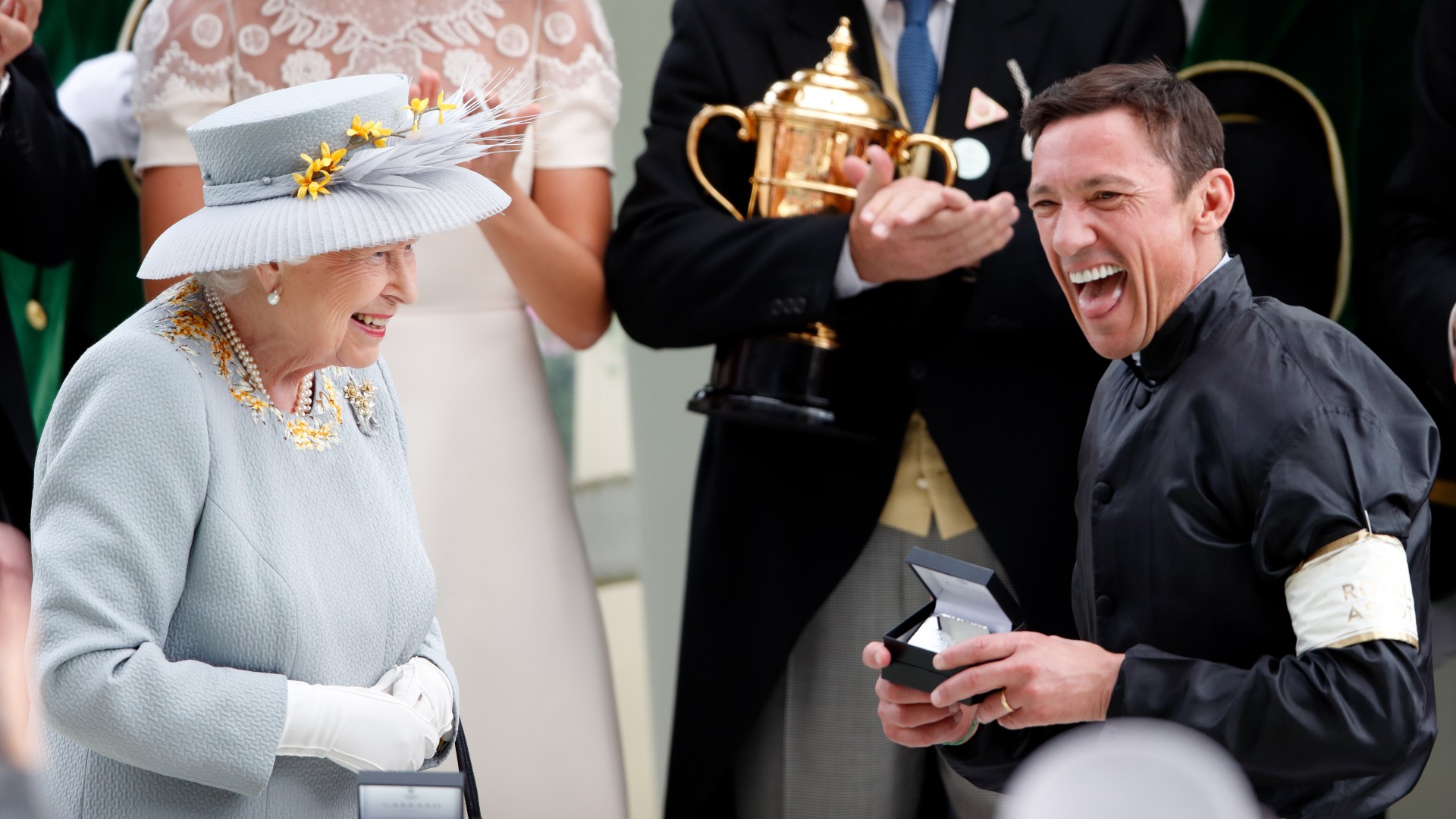
The royals make a point of attending the prestigious horse racing event Royal Ascot every year, and it has become a family tradition due to the late Queen’s love of horse racing.
Before Her Majesty's death, various members of the family would attend the sporting event on different days, alongside the Queen. The entire party would traditionally travel in carriages from Windsor Castle through the estate, to the grounds of Royal Ascot. Since the Queen’s passing, this is thus far a tradition that King Charles has also upheld.
Summer garden parties

Every year, the monarch hosts at least three garden parties at Buckingham Palace, and one at the Palace of Holyroodhouse, the royal family’s principal residence in Scotland.
Historically, these garden parties began as a way to welcome debutantes to the upper echelons of society – but now, they are a way for the royal family to honour those who are doing important work in their community or those who have made remarkable achievements. Largely, these traditional garden parties are attended by regular members of the public, as opposed to famous figures within the United Kingdom. Typically, the monarch attends these parties, but other members of the royal often pitch in every year too.
Easter Sunday service at Windsor Castle

On Easter Sunday every year, you can guarantee that you’ll spot almost the entire royal family walking to the Easter service at St. George’s Chapel, Windsor Castle.
It has become a tradition for everyone from Duchess Sophie, to King Charles, to Mike and Zara Tindall and Princess Beatrice to make the pilgrimage to church for the celebration of the religious holiday, usually with their entire families in tow. When the service is over, the family usually make their way back to Windsor Castle for a traditional lamb lunch to mark the special day.
Wedding invites from the monarch

Typically within the royal family, wedding invites are issued in the name of the monarch – meaning that technically, the reigning King or Queen officially invites guests to any royal bride and groom's wedding, rather than the couple getting hitched.
For example, Catherine Middleton and Prince William’s wedding invites were sent to an enormous 1,900 guests in the name of Queen Elizabeth II. In the same vein, wedding receptions are not traditionally officially 'held' by the couple getting married – instead, the reigning monarch and the Prince of Wales will officially act as hosts.
Going to church on Christmas Day
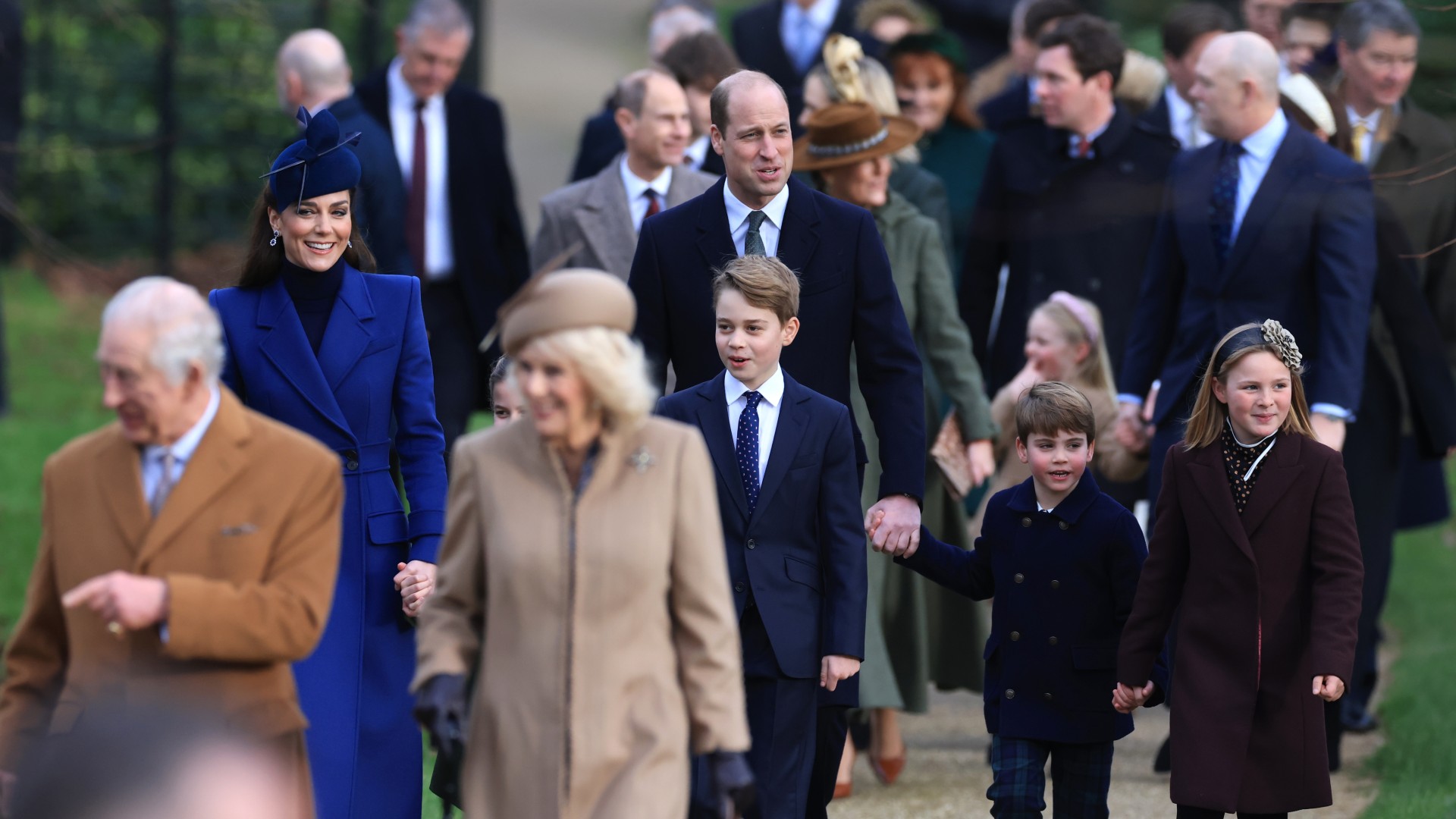
As is tradition in many families around the world, the royals make a point to attend church on December 25th, with almost all of the royal family visiting the 11 am service.
The royals usually spend Christmas on the Sandringham Estate, so the family traditionally head to the local St Mary Magdalene Church, which is just a stone’s throw from Sandringham House. And it’s an important tradition for the family, given that the reigning monarch holds the important title of Defender of the Faith, and Supreme Governor of the Church of England.
Before the church service, the royals are often greeted by adoring royal fans, who line the walk to the church to meet the family.
Fathers not being present for royal births
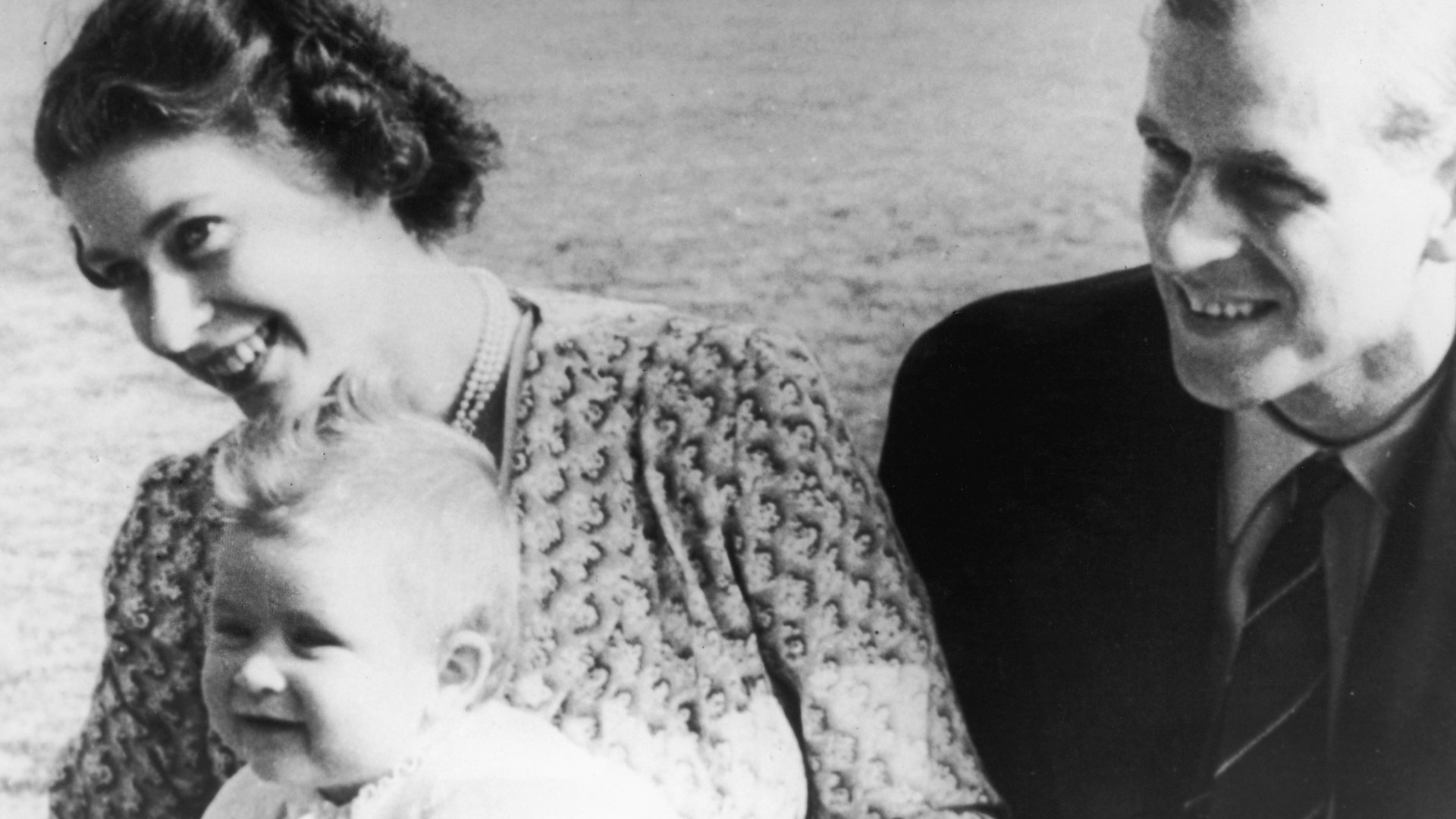
One royal tradition that hasn’t carried over to the modern day, is the rule that royal fathers were not permitted to be present at the birth of their children.
This had been a historic royal family tradition for centuries, but it changed with Prince Philip and Queen Elizabeth. Though the late Duke of Edinburgh was not present at the births of Charles, Princess Anne and Prince Andrew, he and the Queen decided he would be there at the birth of their youngest son, Prince Edward.
In the past, this decision was made as giving birth was thought to be a private thing for females only to witness – it was thought to be unseemly for a man to be present at such an intimate moment.
Giving babies multiple godparents
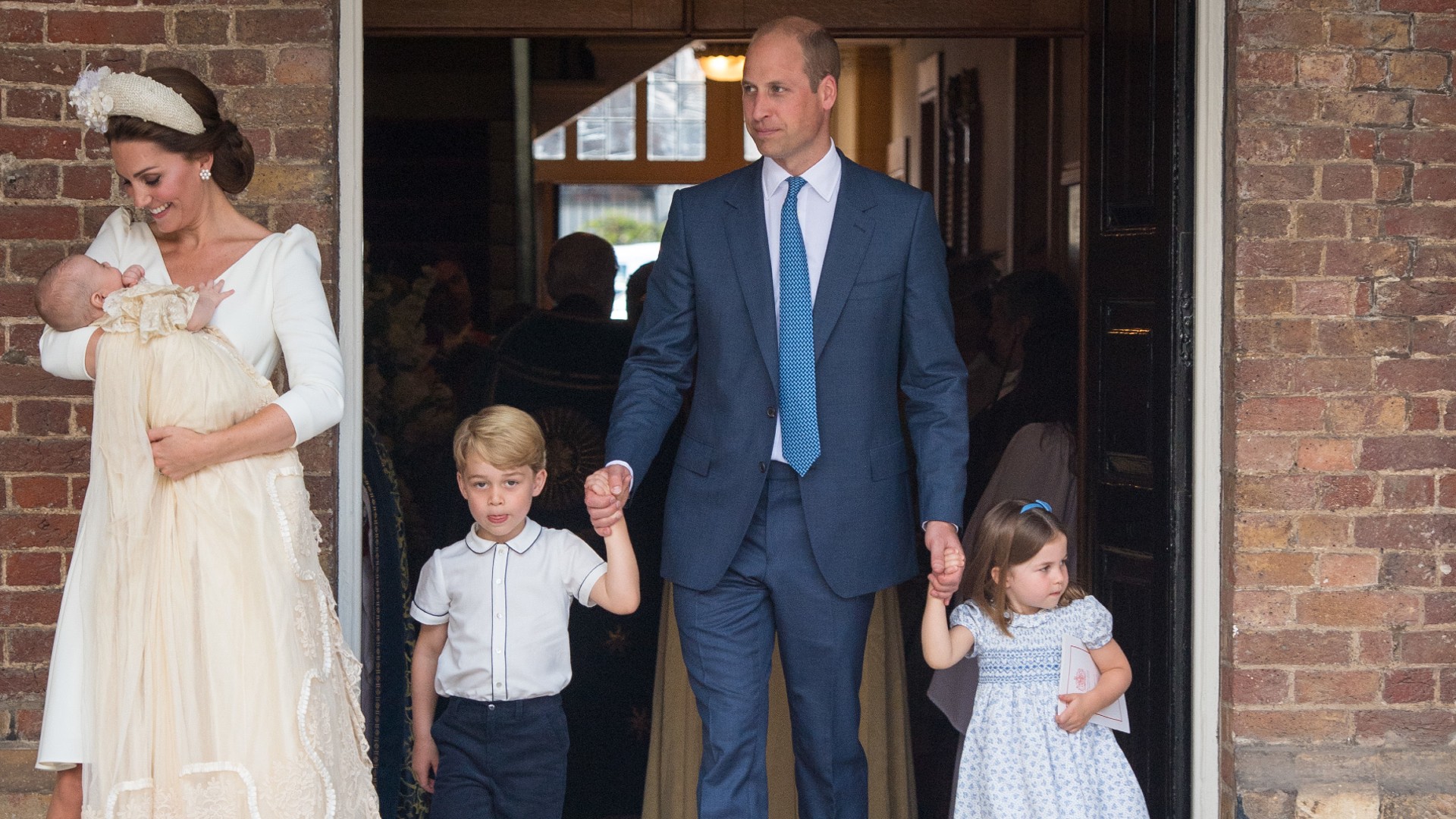
While most of us have just one or two godparents (perhaps three, at a push), it has become tradition for members of the royal family to have a collection of multiple godparents – Prince George for example has seven, while Princess Charlotte has five, and Prince Louis and his father Prince William have six. Prince Harry also has six.
The reason for this is thought to be rooted in the idea that royal children will likely require plenty of help and guidance from trusted friends and family members as they go through their complex lives as royals – and so the more godparents there to help them with that, the better.
Always flying with a black outfit
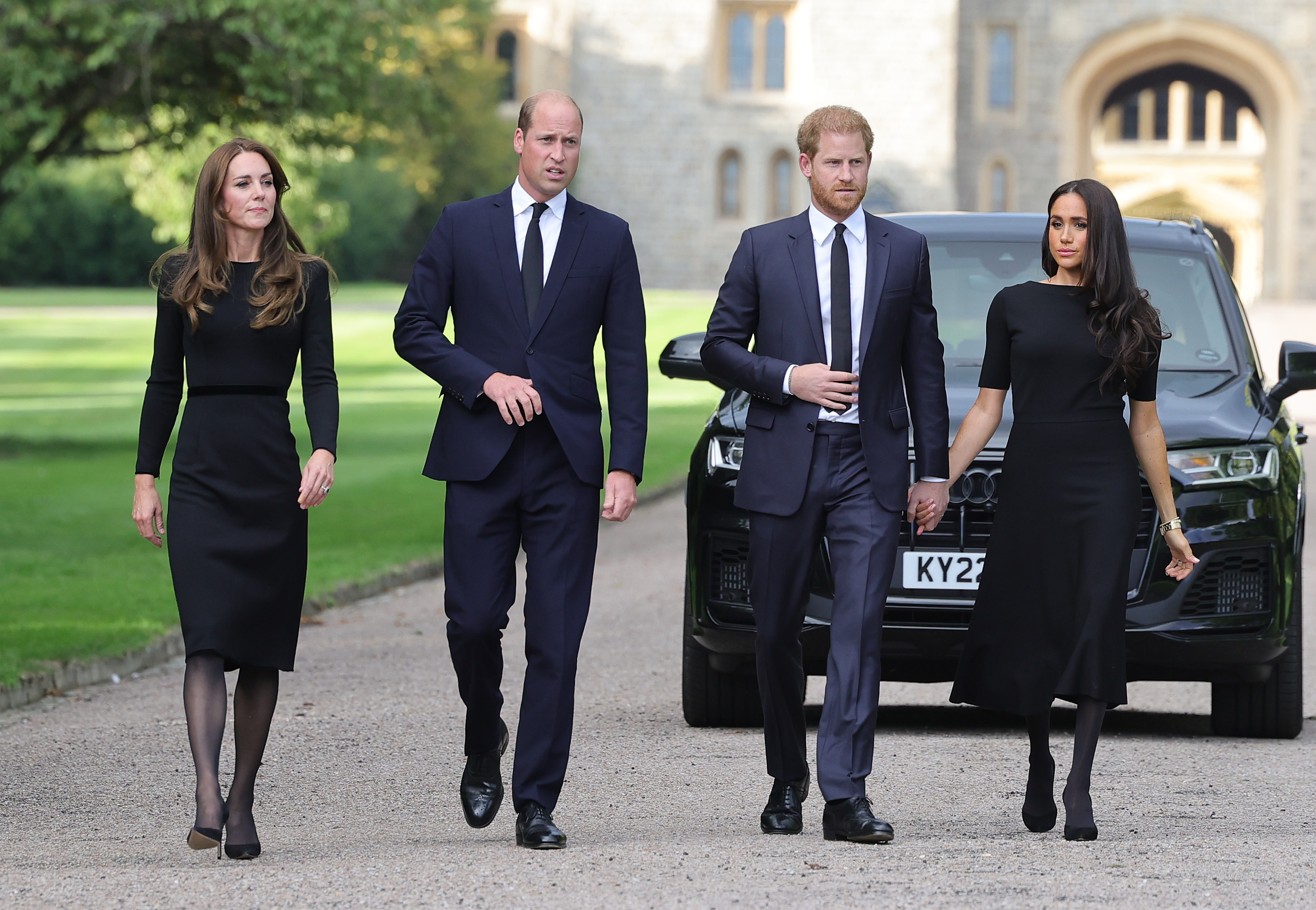
It is tradition – or perhaps rather, protocol – for members of the royal family to always ensure they travel with a black outfit to hand, should the death of another family member occur whilst they are travelling.
This is considered to be important as it ensures that the royals are always able to dress in appropriate mourning outfits should a death happen. It is all the more imperative given that it is almost inevitable that pictures will taken of the royals, should a royal death occur while they are out and about, or travelling to a different country.
A Christmas Day game of charades

One of Queen Elizabeth II’s favourite traditions was said to be an annual game of the festive classic charades, every Christmas Day.
It’s reported that the Queen loved to gather the entire family together on the evening of 25th December for a couple of rounds of the guessing game whilst spending the period at Sandringham. Though it’s not clear whether this is a tradition the royals have maintained since the Queen’s death in September 2022, we’re sure it’s likely that the family are continuing to honour one of her much-loved Christmas pastimes.
A balcony wave

It has become a major tradition that, whenever the royal family attend a significant event in London, they will almost always head up to the balcony at the front of Buckingham Palace to deliver a wave to their adoring public on the streets of The Mall, below.
While this always happens at the annual Trooping the Colour to celebrate the monarch's birthday, it also often takes place during other important celebrations; for example, on King Charles and Queen Camilla's Coronation day, and during Queen Elizabeth II's Platinum Jubilee celebrations.
A swan ‘upping’

No, this royal tradition isn't quite as bizarre as it sounds! The annual swan 'upping' sees a group of people – led by The King's Swan Marker – travel through the River Thames on row boats, checking the health of all the swans they come across, and ensuring that none are injured or unwell.
The King, as monarch, technically owns all unclaimed swans who swim in open water, but livery companies the Vintners and the Dyers also own a portion of the swans on the Thames.
Though this ritual doesn't actually involve a member of the family, it is a process that is overseen by the King's Swan Marker, on the monarch's behalf. The Swan Marker's primary job is to oversee the health of the UK's swans year-round and to educate groups on the conservation of the swan population and their habitats.
A lady-in-waiting for royal women
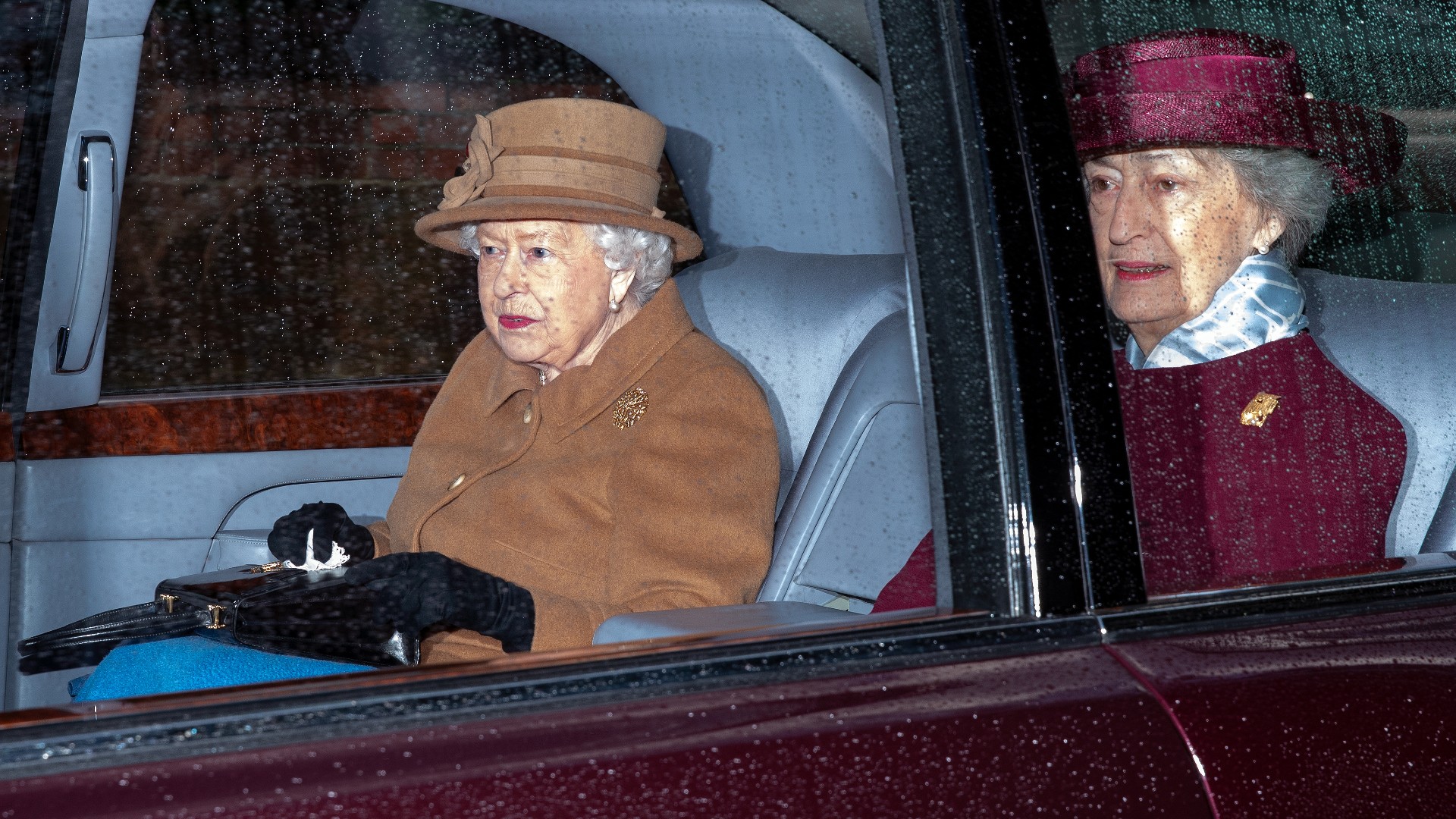
Since the birth of royalty, it has been a tradition for royal women to have a lady-in-waiting, to assist them in any personal tasks that may be required for. Typically, a lady-in-waiting tends to act as a personal assistant of sorts, and historically, would have been utilised for tasks such as writing on the royal's behalf, supervising servants, and taking charge of all of the rooms and the wardrobe of the woman she assisted.
Fast-forward to the modern day, and while Queen Elizabeth II employed various ladies-in-waiting in a fairly traditional capacity, Queen Camilla has opted to end the tradition of a lady-in-waiting, in its historical sense.
Instead, she has stated that she will instead have 'Queen's Companions', women who are there to provide company for her and help out at official events, but who will no longer perform administrative tasks like writing letters or planning schedules. Two of Camilla's 'companions' are her sister Annabel Elliot, and Fiona Petty-Fitzmaurice, Marchioness of Lansdowne, a British aristocrat and a long-time friend of Charles and Camilla.
A stone underneath the coronation chair
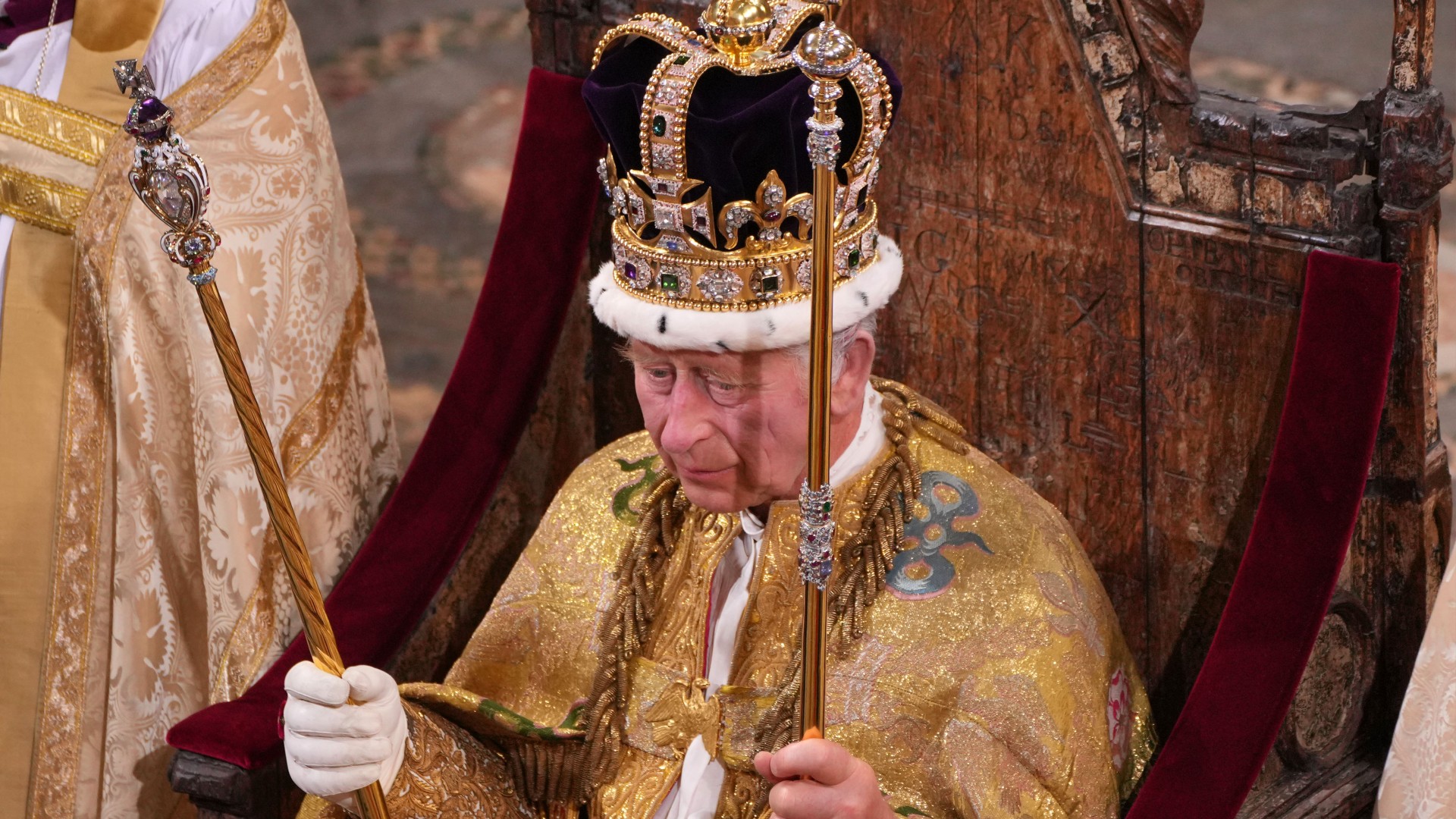
Royal coronations are full of traditions that have been passed down for centuries, and one of the traditions that happened during King Charles III's swearing-in was the appearance of the Stone of Scone, placed under his coronation chair in Westminster Abbey.
The stone is said to be of historic significance and has been around since the 13th century. It was first used by King Edward I for his coronation; he took the stone after winning the First Scottish War of Independence. It is now officially property of the Crown, and sits under the coronation chair every time the ceremony happens.
The monarch taking a ‘hostage’ during the opening of Parliament
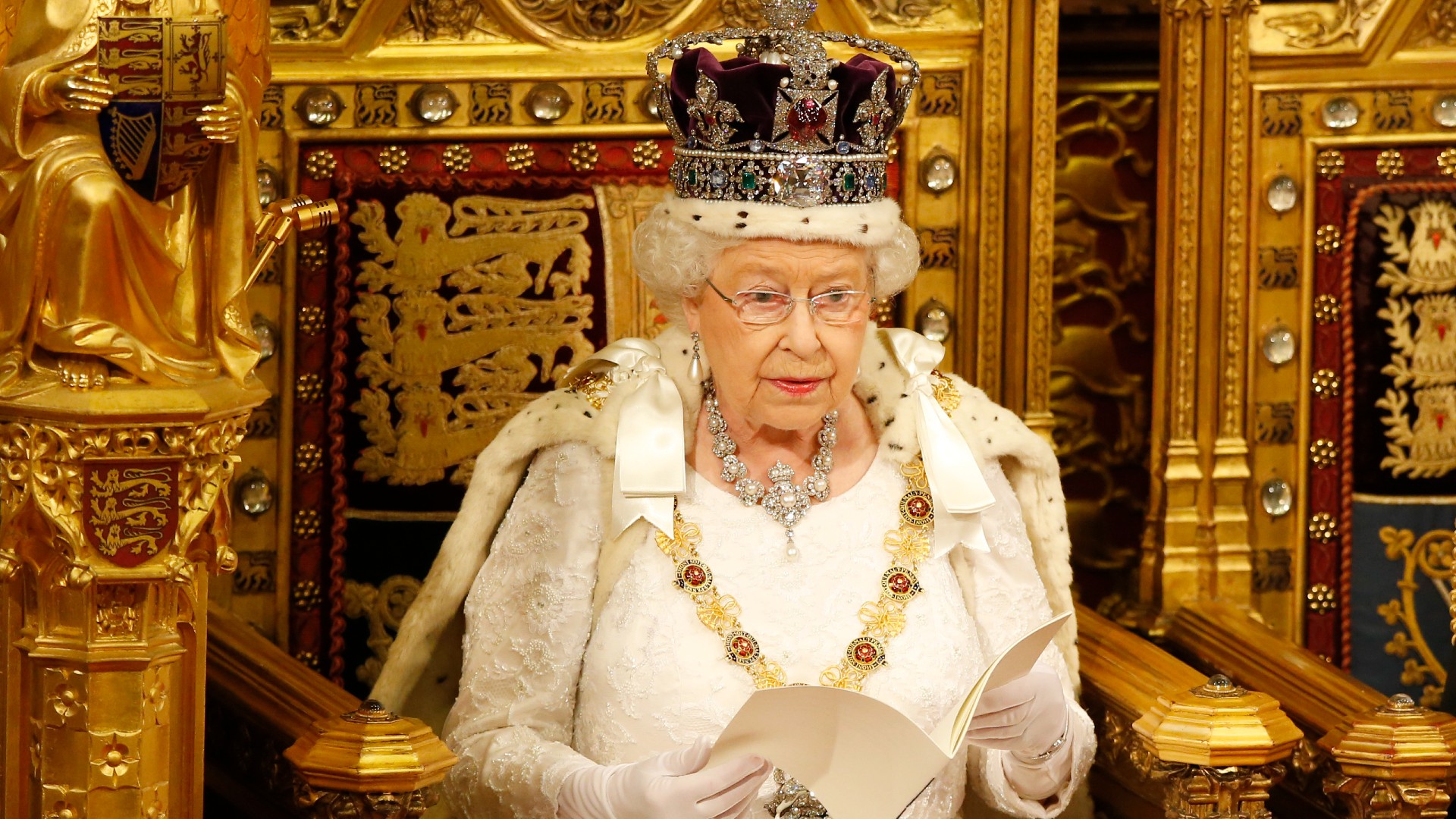
In perhaps one of the most bizarre royal traditions around, during the yearly State Opening of Parliament, the monarch symbolically takes a 'hostage', as a way of guaranteeing their safe return from Parliament to Buckingham Palace.
This tradition stems all the way back to the 1600's and comes from a time when the relationship between government and the monarchy was a little more tense.
It reportedly first began during the reign of Charles I, who was eventually beheaded in 1649, during the Civil War between the royal family and Parliament.
Surprisingly, it's still a tradition that endures to the present day – these days, a Parliamentary MP is taken 'hostage', and it is usually the Vice-Chamberlain of the Household. This person remains at Buckingham Palace ceremonially until the King or Queen returns safely from Parliament, though they are not locked up in any way. It is reported that the MP is free to do as they wish at the Palace whilst being held 'hostage', but members of the Royal Household have explained that they often usually just watch the State Opening of Parliament on the television!
Royals taking a new name after marriage

When a royal marries, both they and their new husband or wife are usually given an entirely new title to use during their marriage.
This typically happens because male members of the royal family are entitled to a new peerage title when they get married. For example, Prince William (who until his marriage to Kate Middleton had no official title, other than Prince William), became the Duke of Cambridge after their 2011 wedding, and Catherine, the Duchess of Cambridge. The same happened when Prince Harry married Meghan Markle, with the pair becoming the Duke and Duchess of Sussex after their wedding in 2018.
Hats for women at formal events
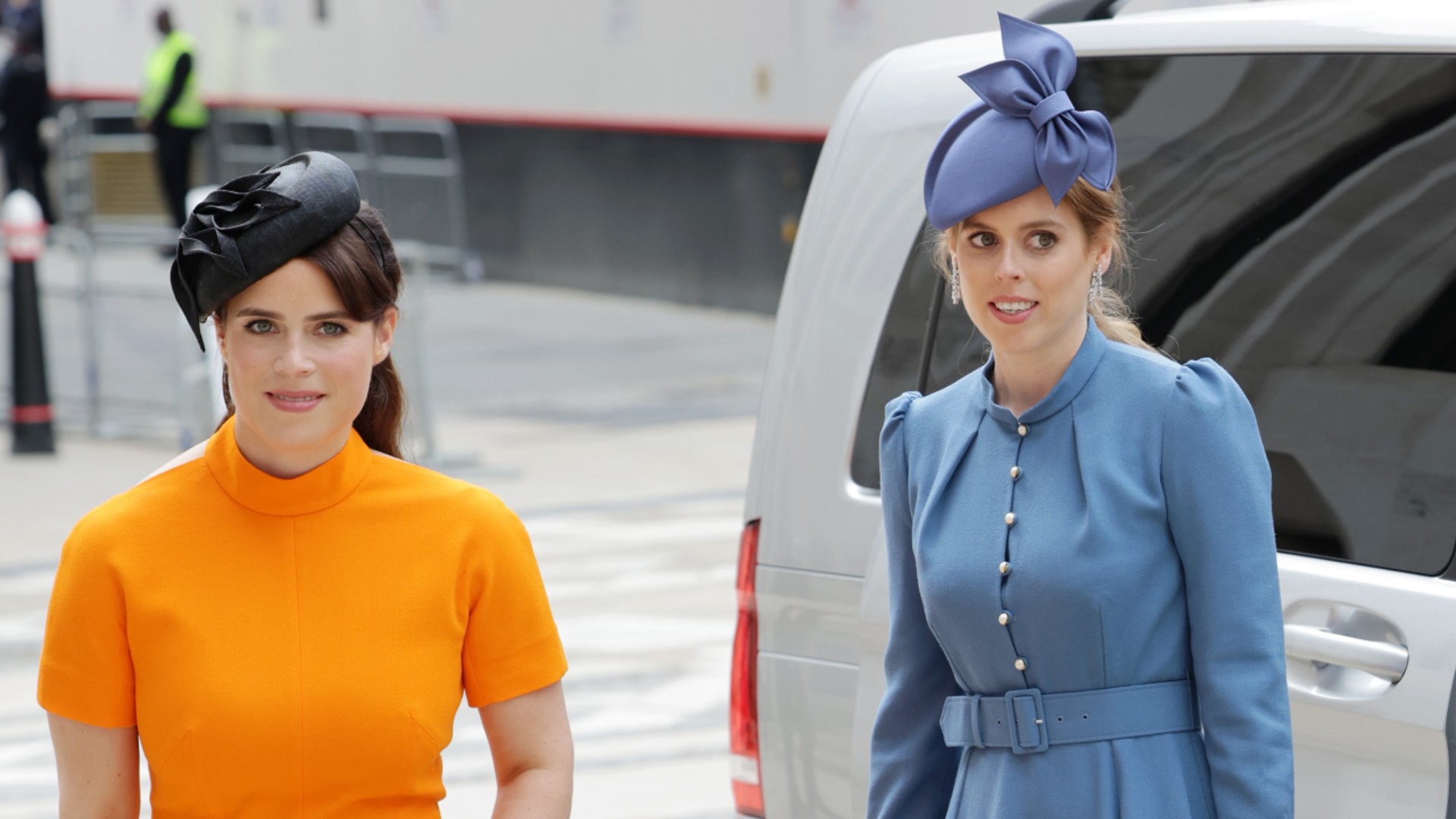
Another iconic royal tradition is royal hats. It is tradition that royal women wear hats to the more formal occasions in their diary, such as events like Royal Ascot, Trooping the Colour, and royal weddings.
This rule is rooted in a rather outdated protocol for royal women – in the 1950s, it was considered 'improper' for royal women to show too much of their hair at formal events. But it has stuck around; in fact, it's a tradition that Queen Elizabeth maintained throughout her life, as she was rarely seen without a hat on formal occasions. So it makes sense that her predecessors have all been required to follow suit, wearing a hat or fascinator to any important event.
Joining the military
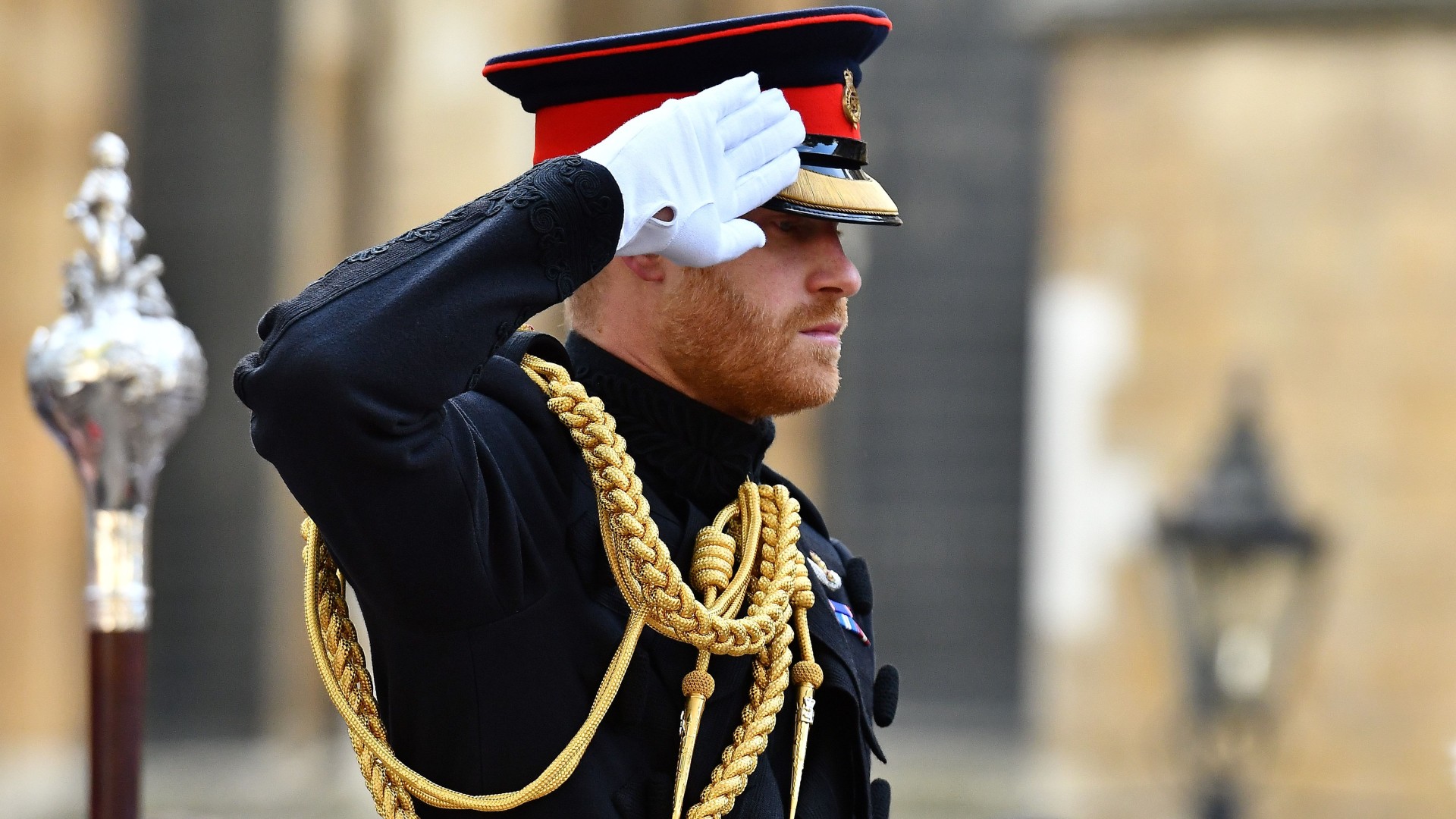
Many members of the royal family have been involved in the military in some way. In fact, it is considered to almost be a rite of passage for the monarch and their children (and grandchildren), as they have always had a close association with the military; King Charles is after all, the ceremonial Head of the Armed Forces, as was Queen Elizabeth II.
It's considered to be an important way for the royals to understand the protocols and demands put on the military in defence of the United Kingdom. And so almost all of Queen Elizabeth's direct descendants have been involved in some capacity.
Prince William worked as a helicopter pilot for seven and a half years before leaving in 2013, while Prince Harry famously served in Afghanistan for two tours, also as a pilot. Prince Philip also had a long career in the Royal Navy, while Queen Elizabeth II worked in the Auxiliary Territorial Service towards the end of World War II.
Royal family members walking behind the monarch
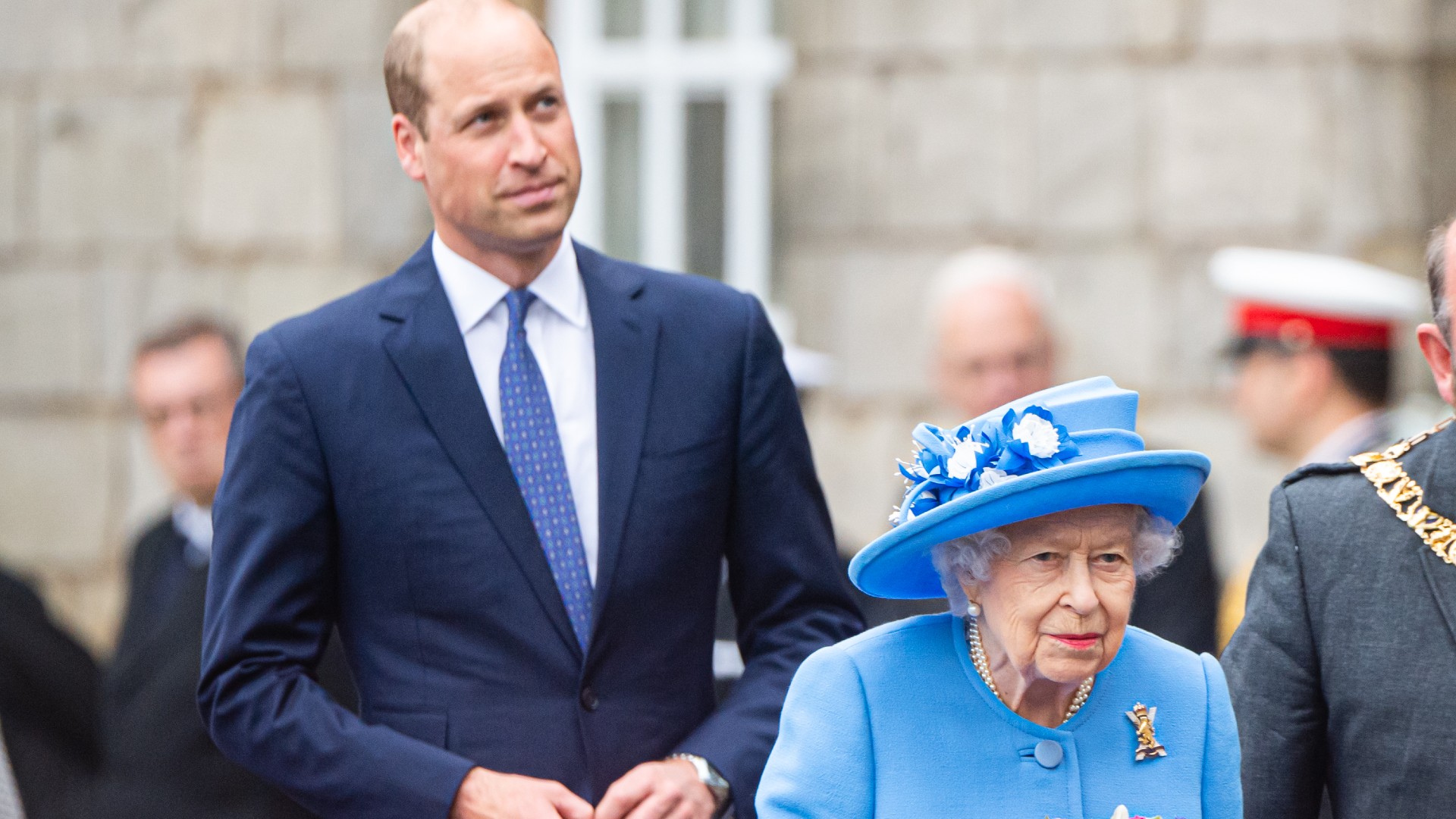
It is tradition, or perhaps rather, protocol, for members of the royal family to walk behind the monarch, rather than in front of or sometimes even alongside them, during official events.
This is used as a way to openly display the hierarchy of royal family members, with the monarch at the head of the family, and their family members behind them in order of their proximity to the throne. Queen Elizabeth II, for example, regularly walked ahead of her husband Prince Philip during important royal events, such as state dinners, while the then Prince Charles walked behind both his mother and father, as the Prince of Wales. Now, Prince William and his family are often seen walking behind King Charles and Queen Camilla at formal royal events.
A royal mourning period
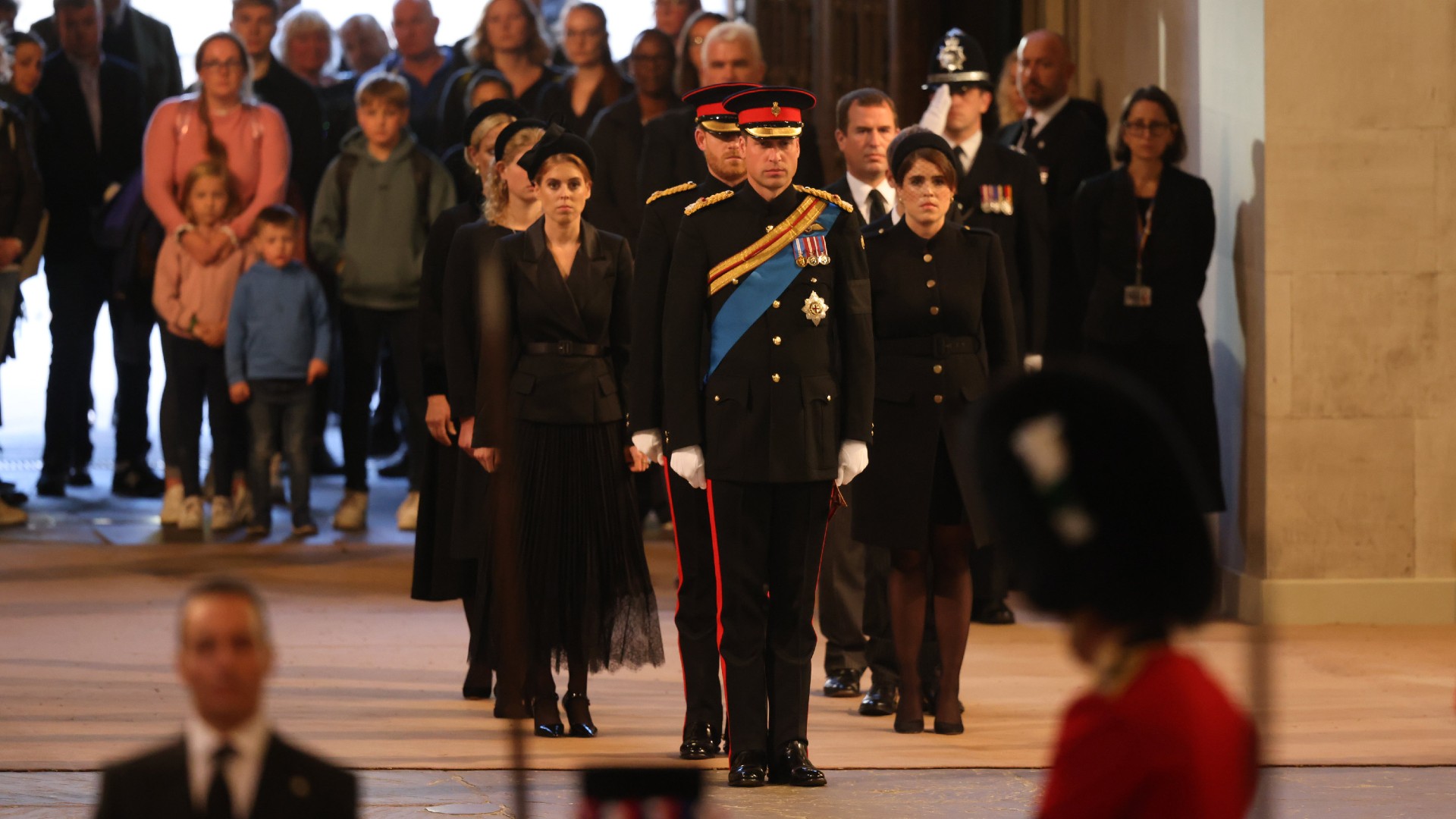
The lives of the royal family are filled with tradition and ceremony, and this is no different when it comes to the significant moment of a monarch's death.
Tradition dictates that a Royal Mourning period is observed following the death of a King or Queen, during which the usual activities of the monarchy are paused for around seven days. King Charles officially asked for the mourning period to be observed following the death of his mother, Queen Elizabeth, in September 2022, during which time the entire royal family, Royal Household staff, and Representatives of the Royal Household ceased to perform any official work unrelated to Her Majesty's passing.
The monarch picking a tiara for royal brides

Given that most don't have a tiara to hand to use on their wedding day (though Princess Diana did have a family tiara), most royal brides are traditionally loaned a tiara from the Royal Collection to wear on their special day, which is often picked alongside the monarch.
On her wedding day, Meghan Markle was loaned Queen Mary's tiara from 1932, which hadn't been worn since 1965, when it was worn by Princess Margaret. Catherine, Princess of Wales, also wore the Cartier Halo tiara on her big day, which was given to Queen Elizabeth II for her 18th birthday from the Queen Mother. Sarah Ferguson wore the York tiara, which was a gift from Queen Elizabeth and Prince Philip.
In fact, a tiara is usually only worn by royal women after getting married; the likes of Meghan, Catherine, Princess Diana, Duchess Sophie, and Sarah Ferguson were not permitted to wear one before marrying their respective husbands.







